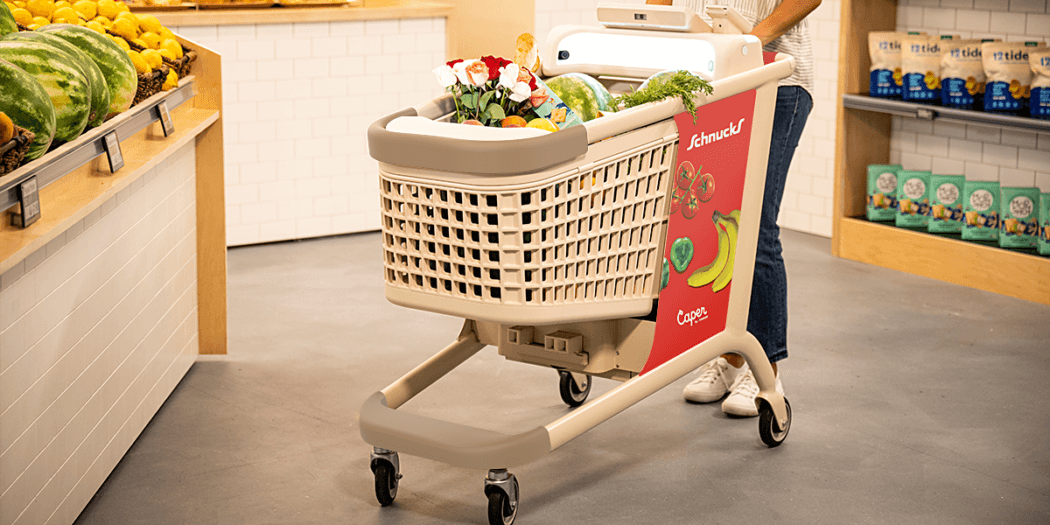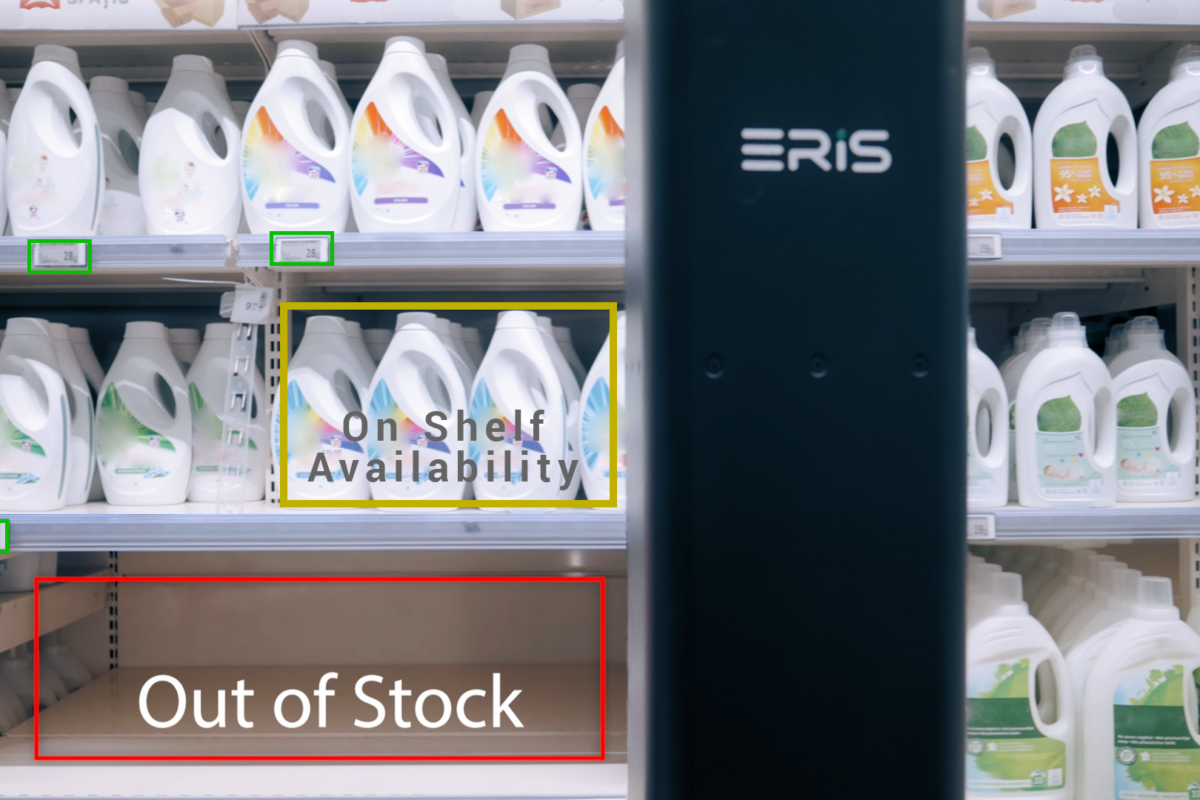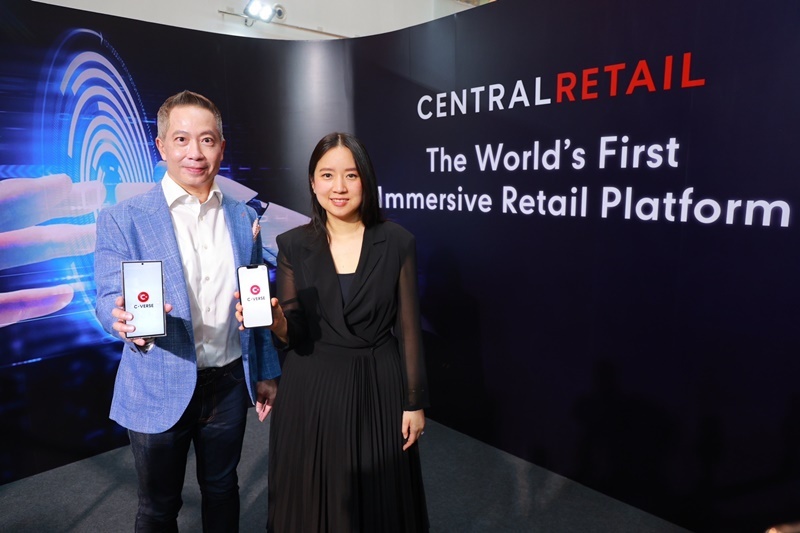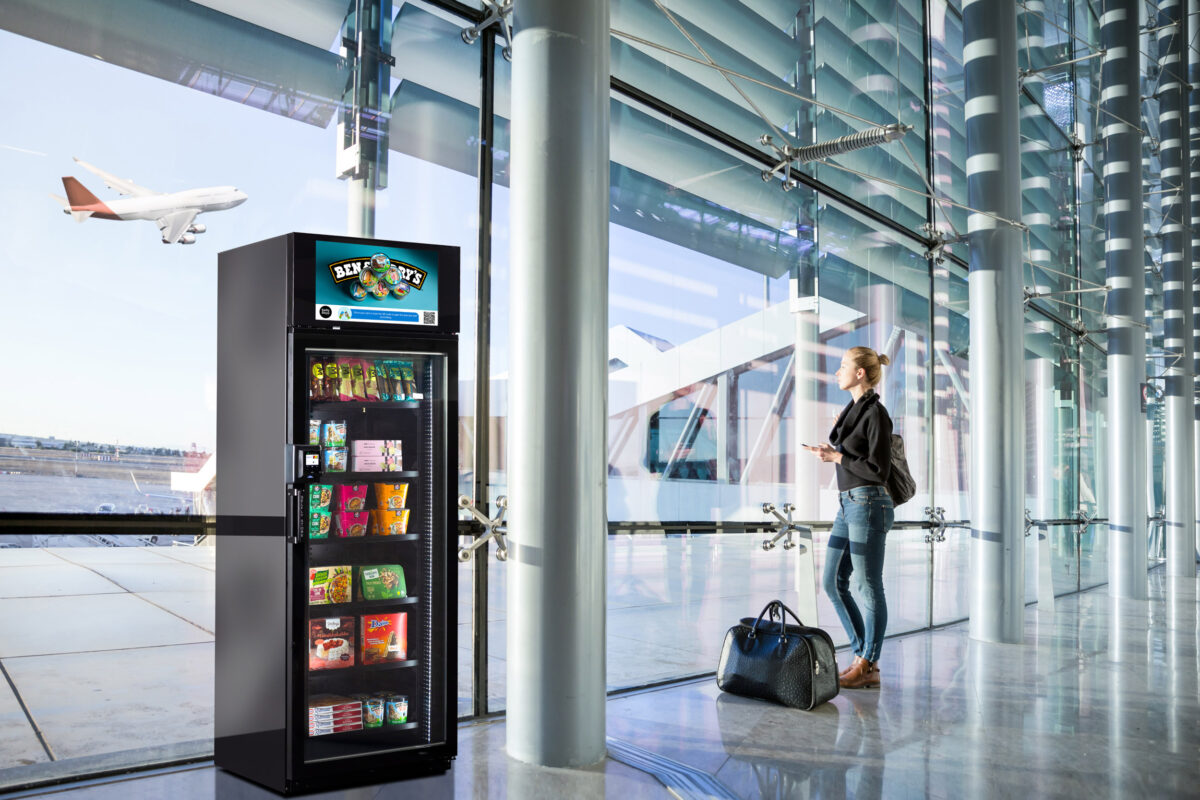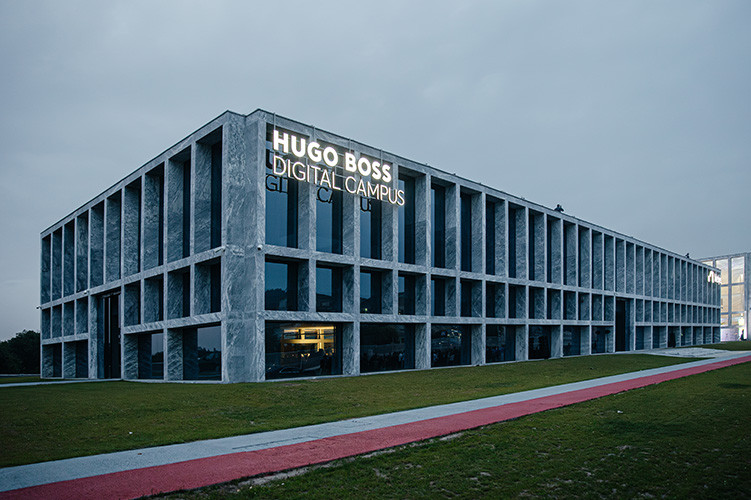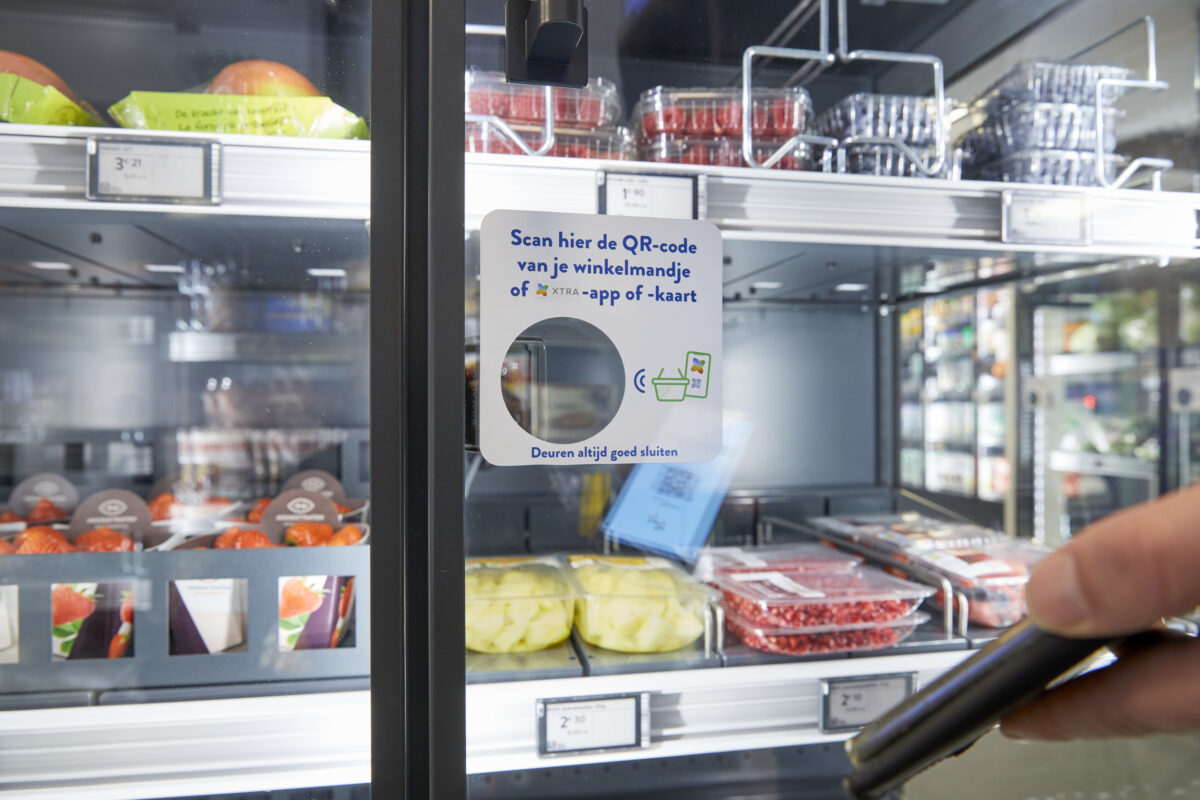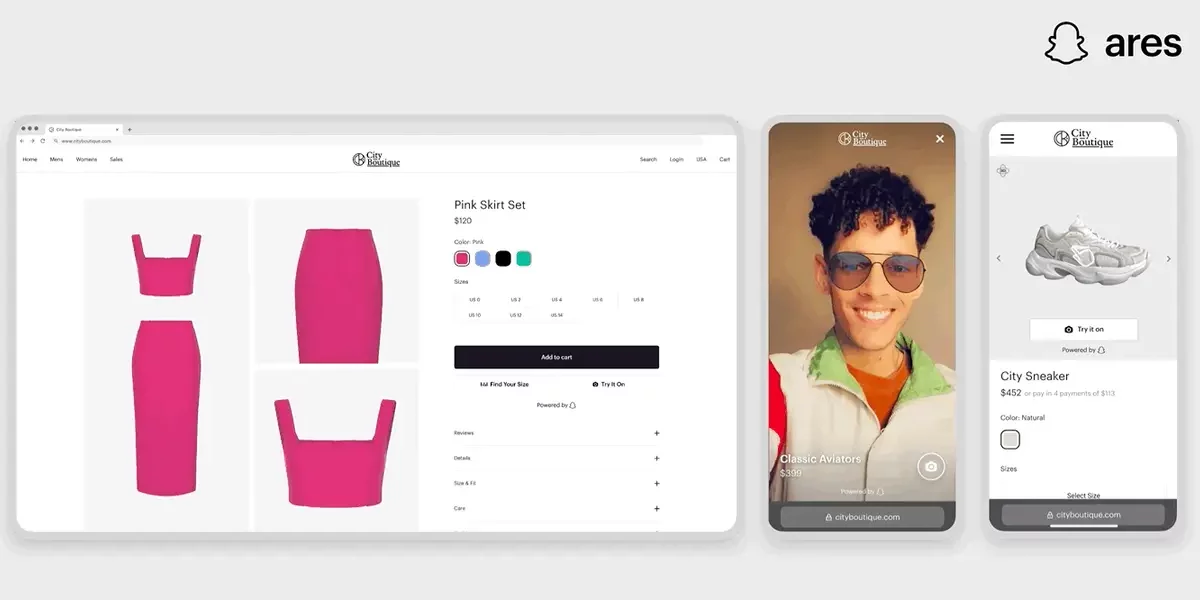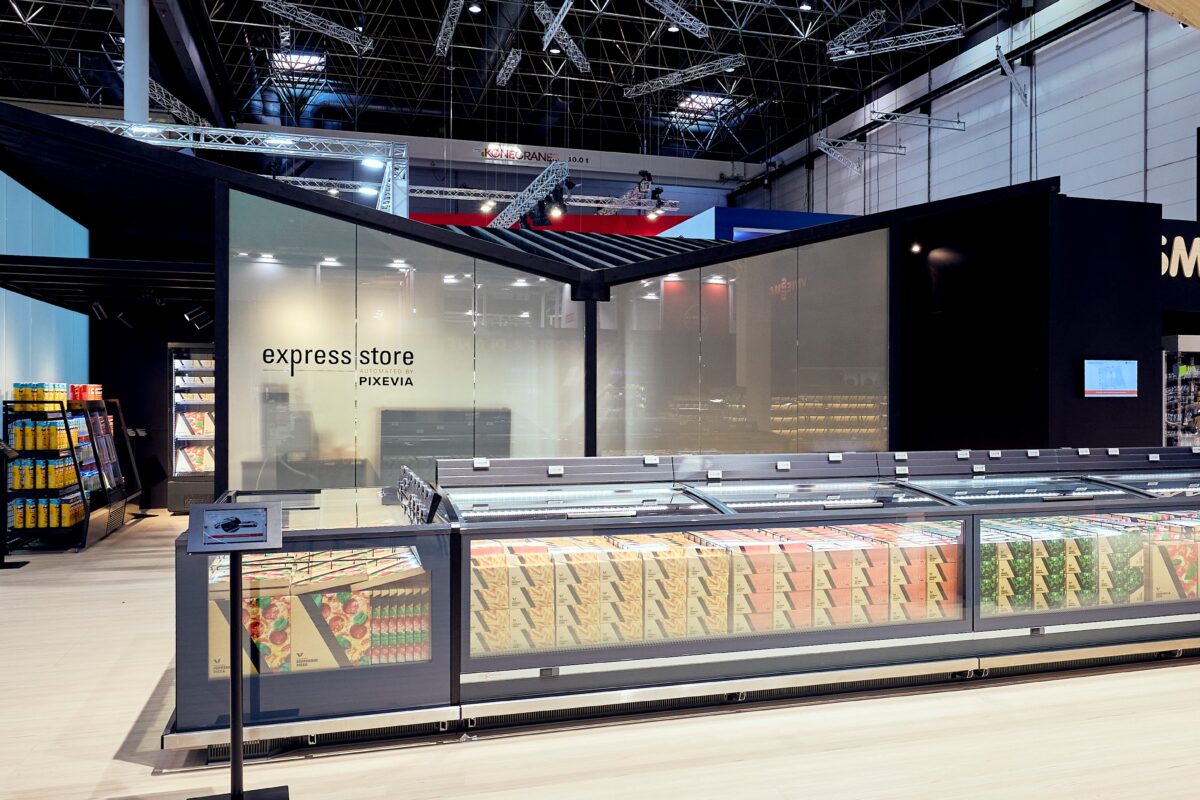Real-time analyses and simulations for well-informed decisions
It sounds like a dream: before making decisions, you virtually work through the conditions and consequences. Errors are avoided, processes optimized. So-called digital twins are designed to enable decision-makers and employees in companies to do just that. A “twin-win” situation?
What is a digital twin?
A digital twin provides a kind of model that – fed with current data – allows a virtual view of a real entity. For example, using a model that describes the layout and processes in a store and real-time data from POS, merchandise management and monitoring systems, a virtual image – the digital twin – of the store can be created.
How can a digital twin be used?
Store managers, for example, can work with this digital twin in several ways:
- they can share data, procedures and insights within a team.
- operations can be analyzed and controlled in real time.
- simulations to help identify weaknesses and test variables.
Digital twins are not yet very common in the retail industry. In the future, however, they could play a major role, as there are many areas into which retail companies could gain insights into their operations to make better decisions. A few existing examples from the retail industry illustrate this current possibilities.
Efficient communication with employees and partners – on a global scale
Fashion brand GUESS? uses digital twins from Matterport. Using these virtual experiences, the company strengthens internal and external collaboration. When new store layouts and designs are created, store managers worldwide can be informed of the updates in the virtual model. Digital twins are also used to educate and inform new staff. “Whether we are onboarding new employees or making updates to our store displays, brand consistency is crucial. With Matterport digital twins, merchandising teams at our Los Angeles headquarters can set clear directives for our stores worldwide, while new hires can more easily familiarize themselves with our brand,” says Jacklyn De Antunano, project manager for training and development at GUESS, explaining the deployment. This not only saves time, but also travel and shipping costs.
The technology is also used for external stakeholders such as buyers and wholesale partners. In virtual showrooms, new collections can be presented and marketed with extensive product information and 3D detailed views.
Augmented reality: visualizing potential for improvement
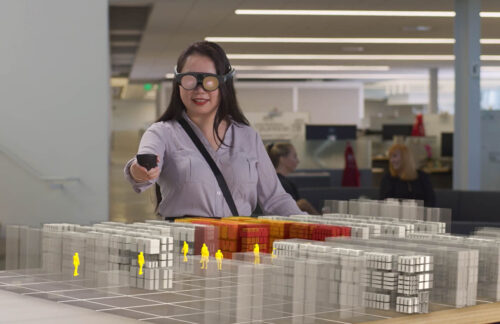
© Lowe’s
Home improvement chain Lowe’s is using technology from NVIDIA to create a virtual replica using data from a store such as spatial information, product location data and historical order information. Employees will interact with this digital twin to optimize operations and improve the customer experience.
Lowe’s relies not only on desktop computers, but also on augmented reality technology: via the AR headset, employees can see how shelves should be stocked and match that with reality in the store. This makes restocking easier. AR can also be used in store planning. In 3D plans, employees can work together on the store layout, visualize changes and make suggestions visible to others.
With the help of the digital twin, customer routes can be visualized in heat maps and compared with sales data to optimize product placement.
Simulations in the AI lab to deliver fresh groceries
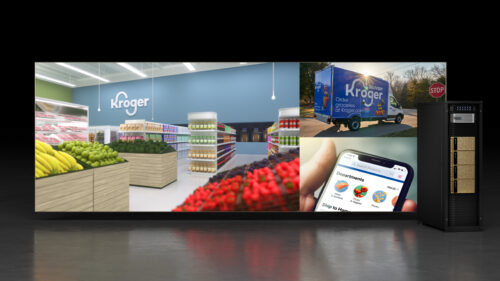
© NVIDIA
Also in collaboration with NVIDIA, the American supermarket chain Kroger is using digital twins. In addition to improving the in-store shopping experience and logistical process optimization, Kroger aims to perfect its fresh food offerings with the help of virtual simulations in a specially equipped AI lab: Computer vision and analysis technologies are to be used to keep an eye on the freshness of the food. To ensure that the food reaches customers in top quality, the supply chain from producers to delivery will also be scrutinized. A complex AI infrastructure is used for this purpose.
Digital twins in the retail industry: future prospects
The examples described show: The prerequisite allowing use of this technology profitably copious relevant and reliable real-time data. Only then can meaningful insights be gained through analyses and simulations.
Digital twins can help make better predictions and thus more informed decisions at many points in retailing and its supply chain. They’re not just processes for employees’ and decision makers’ benefit. Greater productivity and more efficient operations can also contribute to an overall better customer journey.






